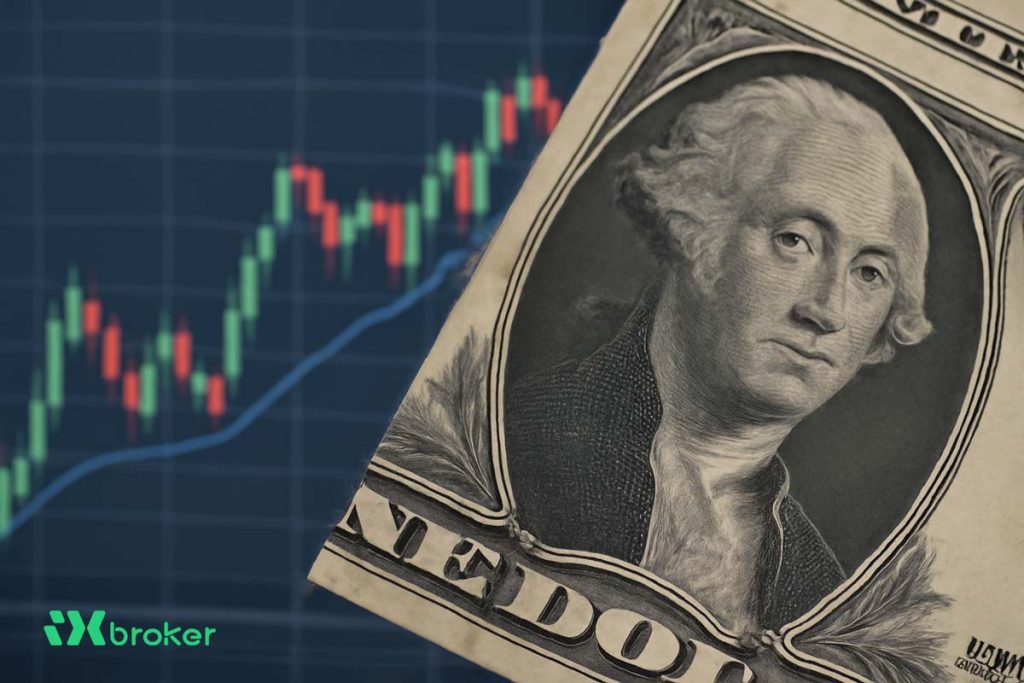Gold (XAU/USD) recovered from early losses on Friday, climbing back above $4,130 after weaker-than-expected US inflation figures bolstered expectations for further Federal Reserve rate cuts. The metal rebounded from intraday lows near $4,044 but remains on course to end its nine-week winning streak as traders reassess the outlook for monetary easing and global risk sentiment.
Fed rate cut bets lift gold amid easing inflation
The latest US Consumer Price Index (CPI) report reinforced expectations of a 25-basis-point rate cut at the Fed’s upcoming October 29–30 policy meeting. Softer inflation readings supported demand for non-yielding assets like gold, which tend to benefit from lower interest rates as the opportunity cost of holding them declines.
Market mood also improved after signs of a potential thaw in US-China trade relations. The White House confirmed that President Donald Trump and China’s Xi Jinping will meet on October 30 during the APEC Summit in South Korea, sparking cautious optimism for progress in talks that had recently soured.
Despite short-term volatility, gold’s broader outlook remains underpinned by persistent geopolitical risks, the prolonged US government shutdown, and uncertainty around global economic growth — all of which continue to fuel safe-haven demand.
Market movers: CPI data and trade headlines in focus
Data from the US Bureau of Labor Statistics (BLS) showed headline CPI rose 0.3% month-on-month in September, missing forecasts of 0.4% and easing from August’s pace. On a yearly basis, inflation climbed 3.0%, slightly below expectations of 3.1% but up from August’s 2.9%. Core CPI, which excludes food and energy, increased 0.2% MoM and 3.0% YoY, both softer than expected.
S&P Global’s flash Composite PMI for October rose to 54.8 from 53.9, marking the fastest private-sector expansion in three months. The Services PMI jumped to 55.2 from 54.2, while Manufacturing PMI ticked up to 52.2 from 52.0, highlighting continued economic resilience despite soft inflation.
The University of Michigan’s October survey showed consumer sentiment slipping to 53.6 from 55.1, while expectations weakened to 50.3 from 51.7. Inflation expectations remained mixed — the one-year outlook held steady at 4.6%, while the five-year measure rose to 3.9% from 3.7%.
Trade tensions also remained in focus. The US-China dispute flared earlier this month after Beijing expanded export restrictions on rare earth materials, prompting President Trump to threaten 100% tariffs on Chinese imports from November 1. However, upcoming talks between US Treasury Secretary Scott Bessent, Trade Representative Jamieson Greer, and Chinese Vice Premier He Lifeng in Malaysia could pave the way for de-escalation.
Separately, trade relations between the US and Canada deteriorated after President Trump announced the termination of ongoing negotiations, citing a controversial advertisement aired by Ontario’s provincial government.
Technical outlook: XAU/USD consolidates below key resistance
Gold’s short-term momentum has softened as sellers defend the $4,150 resistance zone. On the 4-hour chart, XAU/USD trades below the 21-, 50-, and 100-period Simple Moving Averages (SMAs), suggesting a weakening bullish bias and the potential for near-term consolidation.
Key support remains at the $4,000 psychological level, where buyers have consistently emerged in recent sessions. A decisive break below this zone could trigger a deeper correction toward $3,900. On the upside, immediate resistance sits at the 100-SMA near $4,090, followed by $4,150. A sustained move above this area could open the path toward $4,200, though strong selling interest may cap further gains unless bulls achieve a clear breakout.



